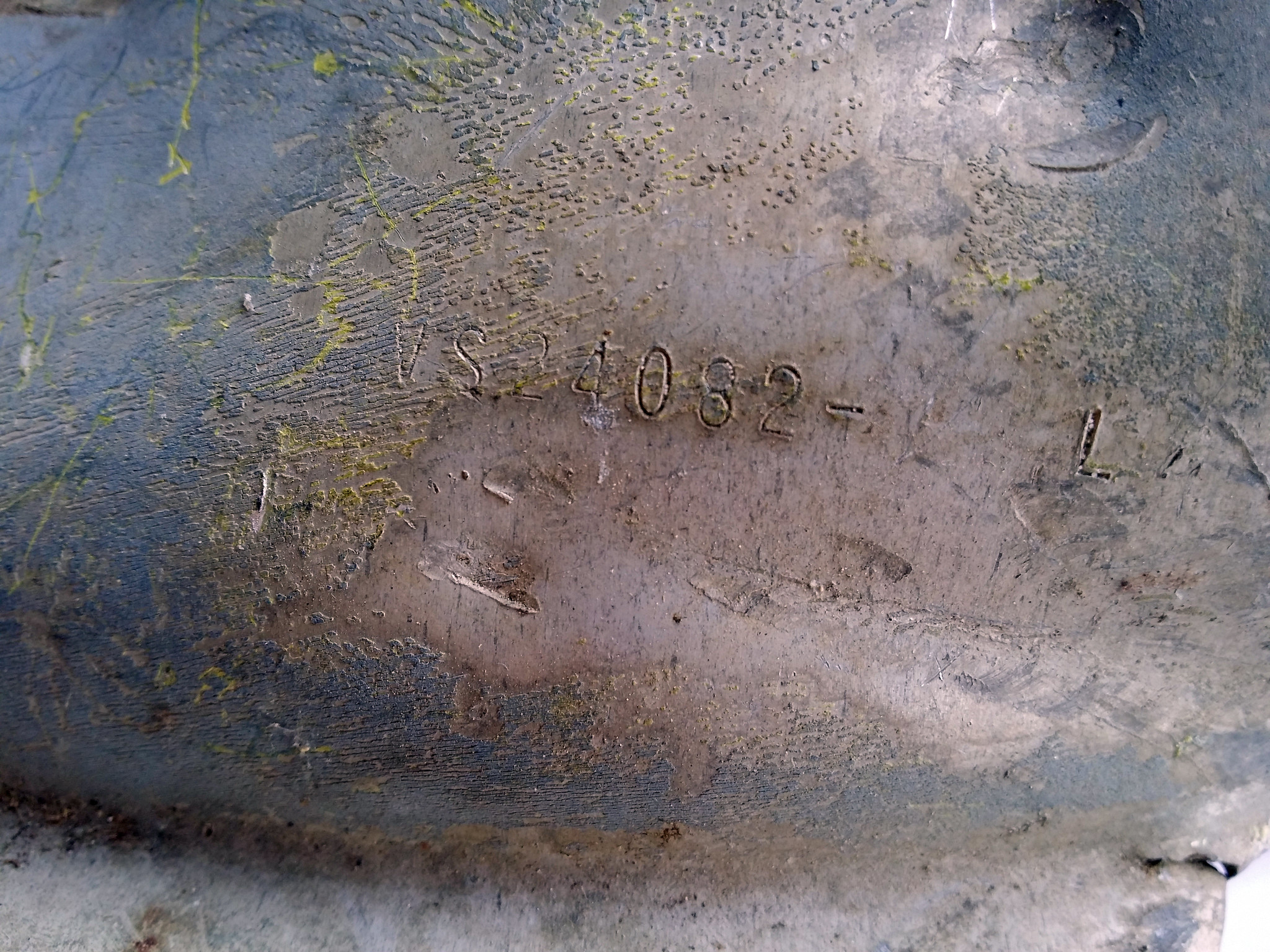Moving from Far North Queensland to Canberra in 1980 was something of a mixed blessing. Loved my job, but the weather was cripplingly cold. I soon became acquainted however with Bob Piper (RAAF Historical Section) who, bit-by-bit, opened my eyes to the fact that there was a wealth of aviation history to be found in the region (outdoors). You just needed to enjoy the cold and know where to look, and there was no one more studied in this subject than R. K. Piper.

I don’t know how many crash sites we visited (or tried to locate) in all, but they were always memorable outings. As Bob had family commitments – and I didn’t – I eventually began exploring by myself, sometimes further afield. I recall two such occasions in the early 1980s, both involving Royal Navy Corsairs. The first (KD936) was near Bulahdelah, some 513 kilometres north-east of Canberra, the other (KD275) being much closer to home – south of Goulburn.
I held little hope of finding much at this last site since most of the country thereabouts is open pasture. All that I had to work with was a brief contemporary newspaper report indicating the crash had occurred 15 miles from Goulburn…
As it reached Trentham station the pilot seemed to be losing height. Suddenly the plane nose-dived, and there was a loud explosion as it burst into flames. (Sydney Morning Herald, 30 July 1945, page 4).

This was an 1845 Squadron aircraft operating from H.M.S. Nabbington (previously R.A.A.F. Nowra) to the east. The 24 yearold pilot, Sub-Lieutenant Ron Kennett, was conducting low-level aerobatics at the time and apparently stalled during an upward roll from 100 feet.
While it wasn’t much of a lead it proved sufficient because back then Trentham Station could still be found on published area maps. I can’t recall if we trawled the phone book for a local listing or took our chances by simply driving out to Trentham. Whichever, we got lucky and the property owner was only too pleased to show us the crash site. Which proved just as well since there was precious little remaining on the surface, at least, to suggest a violent aircraft crash.

Being perhaps no more than 1500 metres west of the main north-south arterial (Braidwood Road) meant that any remains would have been visible – and already visited – for decades. Scrap aluminium prices were such that wartime crash sites, in North Queensland and New South Wales at least were still being worked over by commercial recyclers as late as the 1960s, even though they were difficult to access. I wasn’t aware of this then and consequently, never thought to enquire if KD275 had been similarly treated.

The crash site was distinguished by a bare patch in the grass, and seemingly nothing else. In fact, the ground was littered with small metal – and perspex – fragments, some of which included part numbers with the all-important manufacturer’s prefix ‘VS’ (Vought Sikorsky). Nothing sizeable was found that day but most importantly, the sun was shining and the skies were blue. Maybe I will do this again.

